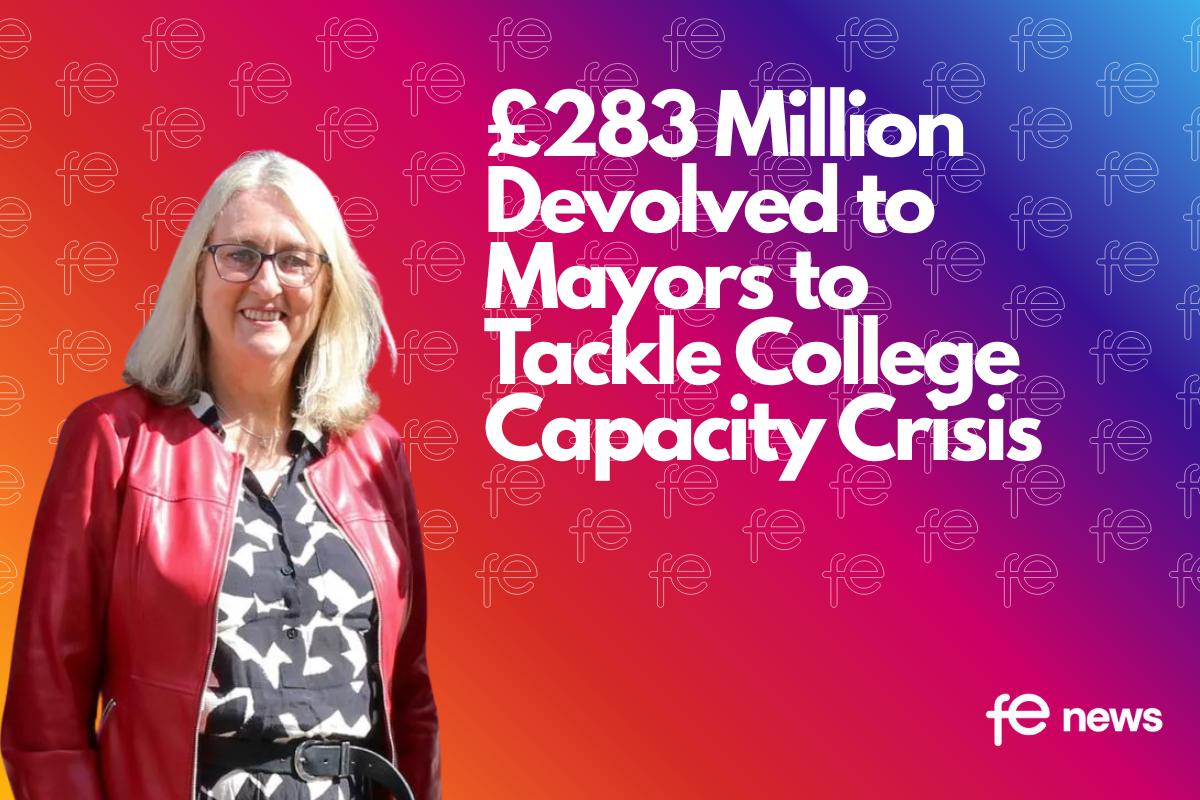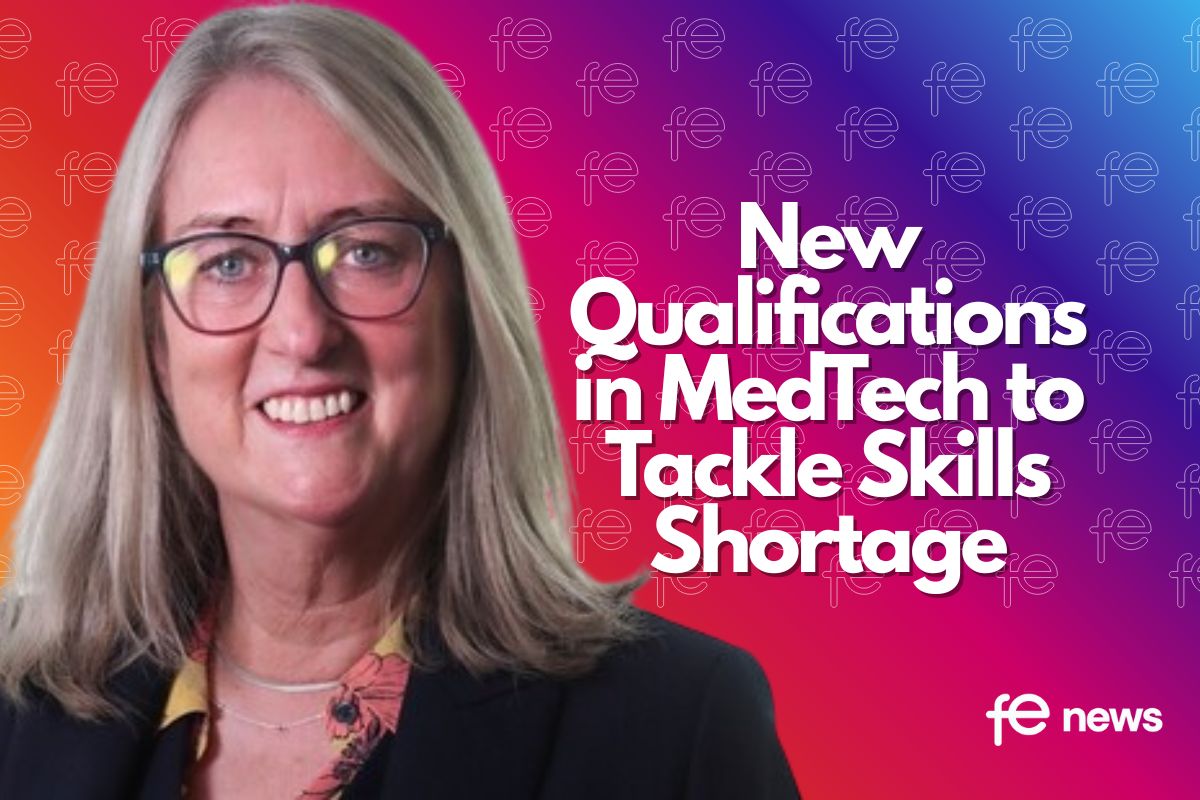What is so distinctive about the English apprenticeship programme?

@TomBewick talks to the International Network of Innovative Apprenticeships (INAP) hosted by the Urban Institute, Washington D.C.
Thanks for inviting me to this international seminar today.
I’m the chief executive of the UK’s Federation of Awarding Bodies – the collective voice of the awarding and assessment industry. It includes the regulated assessment bodies that are involved in apprenticeship as ‘end-point assessment organisations’ – EPAOs.
I want to stress, however, that today I’m giving this audience a policy expert point of view; not the formal views of my organisaiton.
I’d like to talk about the apprenticeship programme in England by inviting you to think about 3 things:
- What is distinctive about England’s apprenticeship programme, compared to other mature international systems?
- How has a major reform agenda since 2012 actually panned out in terms of the overall performance of the new policy, in relation to England’s apprenticeship programme?
- And what can we take from the experience of the pandemic for the future of apprenticeships in my country?
And finally, it’s worth stressing for those of you who are not familiar with post-compulsory education and skills in Britain, that I’m exclusively talking about England today.
That’s because education policy, including apprenticeships, is fully devolved to assemblies that sit in Scotland, Wales and Northern Ireland.
While England does not have its own Parliament, our laws on this subject are made at Westminster. We even have our own dedicated skills and apprenticeships minister – a former apprentice herself and committed politician, Gillian Keegan MP.
Interestingly, I’m told Scotland is planning its own apprenticeship reform agenda over the coming months that will attempt to be more like the Swiss model in future. Definitely one for keen observers at INAP to watch very carefully!
So, what is distinctive about the English apprenticeship programme?
- All apprentices must be employed. We got rid of simulated apprenticeships run by community colleges back in 2009; and since then the term “apprenticeship” is a legally protected term; linked to a government sanctioned programme. The minimum duration for an apprenticeship is 1-year; with the average length of programmes running for 2-years, depending on the attainment level and type of occupation.
- Apprenticeship programmes are based on new national occupational Standards, which have been developed with employer groups, overseen by the Institute for Apprenticeships and Technical Education (itself a body less than 5-years-old).
- Since 2017, the programme has been financed by a UK-wide apprenticeship levy on firms with an annual payroll bill of £3 million plus (about USD$4.2 million). The payroll tax is levied at 1.5% of payroll, which in aggregate, raises about £2.8 billion per annum for the Treasury. The amount raised in England to spend on apprenticeships is £2.5 billion.
- The Levy paying employers have their own digital apprenticeship accounts set up with the tax office. They can use these accounts to ‘purchase’ any legally approved apprenticeship programs. It is for this reason that many observers describe the English apprenticeship model as “employer responsive” since firms exercise a sovereign choice in deciding which Standard and which training provider they want to hire or engage to support the apprentice.
- There are over 600 approved programmes or Standards from which firms can employ an apprentice. They are divided into attainment levels from Level 2 (which is the equivalent of a high-school leaving certificate), right up to Level 6 and 7, which equates to degree and Masters level. Indeed, England now proudly boasts about having an “expansive system of apprenticeships”, where the glass ceiling on achieving a university awarded degree has now been lifted, via the degree apprenticeship programme.
- It is now possible, for example, for an engineer to learn and earn their way to a Bachelor’s degree in Engineering without ever being incumbered with the average £54,000 of graduate debt. I want to stress though it is still early days in terms of this route being made more widely available.
- Germany and Switzerland have half the number of standards that England does; and there is an active debate going on here at this very moment about what the optimal number of apprenticeship Standards should be.
- Finally, it’s worth stressing that when it comes to the delivery of apprenticeship training it is intermediaries that deliver over two-thirds of the programme in England. What I mean by intermediaries is organisations called: independent training providers (ITPs).
- They operate in a regulated market, but unlike other countries, community colleges deliver only around a quarter of England’s apprenticeship programmes. The rest is handled by the private sector, the ITPs.
Moving on now to the talk about what has happened since the big reform programme began in 2012.
It’s worth just recalling briefly what the key concerns were about England’s apprenticeship programme a decade ago. An entrepreneur called Doug Richard (actually a Canadian by birth) was hired by government to write an independent report. The benchmarks he set for success were as follows:
- Apprenticeship must be a contract between an employer and an employee
- He called for apprenticeships to be seen as helping the next generation of workers access the labour market in competent and skilled roles
- He called for formal qualifications in apprenticeships to be scaled back to be replaced by two new innovations; first, the development of employer-led standards and second, the system of end-point assessments. That is, like the driving test, how we assess for driver competency with an independent check on performance linked to a clear standard. These assessments are carried out by independent End-Point-Assessment Organisations in a regulated market. There are currently over 300 EPAOs on the register.
- Fourth, Richard’s main conclusion was that if these reforms were introduced, then a lot more employers and an increased number of young people would get involved in England’s apprenticeship programme.
- Indeed, buoyed up by the Richard Review, the government in 2015, facing a general election, made a manifesto commitment to secure 3 million additional apprenticeships by 2020.
Obviously, things have moved on significantly in the last 8 or 9 years. And over the last year, we’ve all been hit by the global pandemic.
So where are we now with England’s apprenticeship programme and what are the key challenges as we move into recovery mode?
- The first thing to highlight is that the government missed its 3 million target on apprenticeships by a country mile. Today in England there are around 700,000 apprentices on programme. Even before the pandemic, the decline in apprenticeship starts had been evident since 2017.
- The most important comparative variable though is the ratio of apprentices in the workforce per 100,000 workers. In England the figure is only 11; compared to 39 in Australia and 41 in Germany.
- There has been a 42 per cent decline in apprenticeship starts for young people under the age of 25 in that period.
- House of Commons research has found that apprenticeship opportunities have been increasingly concentrated in the service occupations in Southern England, with less opportunities for skilled trades occupations being available in the North of the country.
- Government data on the diversity of the programme (by that I mean class, gender and ethnicity) shows a mixed picture. Not surprisingly, perhaps, a lack of diversity in some apprenticeship programmes is a reflection of wider inequalities in the labour market.
- Crucially, the government has even missed its own target on providing apprenticeship slots in the public sector, which was evident even before the pandemic hit.
- In summary, today’s apprenticeship programme is very different from the one reformers like Doug Richard originally envisaged.
- The development of new Standards has not led to a rush of new employers wanting to take them up.
- The vast majority of apprenticeship opportunities are now taken up by the over-25s, not young entrants to the labour market.
- And when we analyse new starts, we see that the most popular apprenticeships are in management or at degree level.
In conclusion then, these trends raise fundamental questions about the purpose and equity of England’s apprenticeship programme.
It’s why I wrote in an article last November that while there are some brilliant examples of apprenticeship delivery, the English apprenticeship policy has lost its way in recent years.
Experts and sector leaders in the system, like me, have called for a major recalibration of the programme. Time is pressing, so I’ll try and neatly summarise what needs to happen next as we emerge from this pandemic:
- We need apprenticeship in England to tilt back towards younger people in the labour market;
- The programme needs to diversify to provide more ladders of opportunity in occupations, particularly where males dominate; or those that systemically fail to recruit under-represented groups.
- And finally, we need a more relentless focus on quality. Only this week, would you believe, our training inspectorate, Ofsted, discovered one provider who was claiming for apprentices that didn’t even have a job.
Finally, it’s important to end on a positive note. A recent survey of parents in England found that 48% of them said they would prefer their children to do a high-quality apprenticeship or technical qualification. This just shows that the dial on cultural acceptance of the learn and earn route to success is really starting to change for the better.
Tom Bewick is the chief executive of Federation of Awarding Bodies – the UK’s collective voice of regulated awarding and assessment organisations, including those assessing apprenticeships.
Tom also hosts a popular weekly podcast called Skills Worlds Live, available www.www.fenews.co.uk/skillsworld or where you usually get your podcasts.











Responses